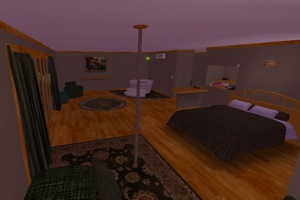 (This story originally appeared over at Metaverse Health)
(This story originally appeared over at Metaverse Health)
For the past couple of years I’ve been aware of the work going on in New Zealand with midwifery training and Second Life, mostly thanks to the updates over at SLENZ.
Machinima maker Pooky Amsterdam dropped me a line about a film she’s helped produce that explains the role of Te WÄhi WhÄnau – The Birth Place in Second Life. The lead educator on the project is Sarah Stewart (SL: Petal Stransky), with SLENZ Project co-leader, Terry Neal (SL: Tere Tinkel) and Scotland based Russell (Rosco) Boyd also heavily involved.
Take some time to watch the 6-minute machinima:
After walking through the actual build and after watching the machinima, the main impression I’m left with is how midwife-driven this project is. What I mean by that, is the birthing unit is so much better than most in existence in the real world. As a Registered Nurse (but not a midwife), I’ve witnessed half a dozen births and even from that limited perspective I can totally appreciate how much better a birthing environment Te WÄhi WhÄnau is compared to even the better hospital-based birthing units. As a clinical simulation for midwives, I can see its power as a key adjunct to lab-based learning and practicums. The gamut from initial assessment of labour to initiating breastfeeding and perineal care is covered in a comprehensive way.
The SLENZ team deserve major kudos for their work over the past couple of years – they’re some of the true pioneers in virtual worlds and health.
You can of course view the birthing unit for yourself here.
 Over the past few days a product announcement and some interesting research have come together for me in illustrating some of the downsides of heavy regular use of virtual environments. I’m talking specifically about the physical impacts here: we’ve covered the psychological positives and negatives repeatedly (e.g.
Over the past few days a product announcement and some interesting research have come together for me in illustrating some of the downsides of heavy regular use of virtual environments. I’m talking specifically about the physical impacts here: we’ve covered the psychological positives and negatives repeatedly (e.g. 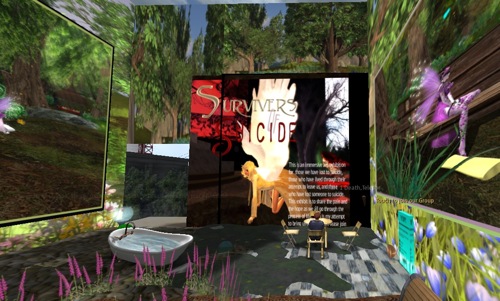
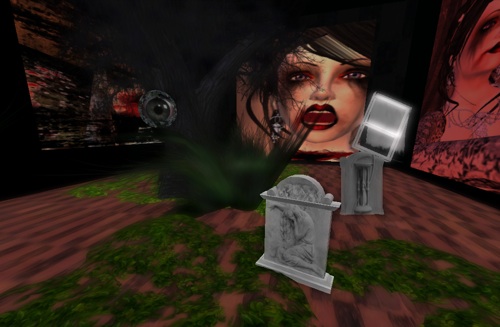
 DeeAnna: I have a Master of Education in Rehabilitation Counseling and a Bachelor of Science in Mental Health and Human Services. I have worked in the mental health field for nearly 20 years. About 10 years ago I discovered the power of the Internet and began providing online chat and email through a couple of e-clinics. Over the years I have always maintained a part-time practice online and have integrated technology in work settings working with interns, employees and clinical supervisees. I have been training therapists since 2001 about the ethical issues pertaining to technology and mental health. Now 100% of my work life is devoted to either providing online therapy or teaching others about online therapy.
DeeAnna: I have a Master of Education in Rehabilitation Counseling and a Bachelor of Science in Mental Health and Human Services. I have worked in the mental health field for nearly 20 years. About 10 years ago I discovered the power of the Internet and began providing online chat and email through a couple of e-clinics. Over the years I have always maintained a part-time practice online and have integrated technology in work settings working with interns, employees and clinical supervisees. I have been training therapists since 2001 about the ethical issues pertaining to technology and mental health. Now 100% of my work life is devoted to either providing online therapy or teaching others about online therapy.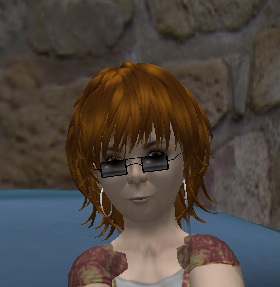 Kate Anthony: I realised this in 2001 after speaking at a conference about Telephone Helplines. The Keynote speaker was head of BTExact Technologies, and he referred to the future of virtual worlds, and avatars specifically, being part of the future of health care. Most of the audience was laughing at the concept -– I wasn’t. I went on to work with him and his team to explore the concept and write a white paper on the topic (Anthony, K. and Lawson, M (2002). The Use of Innovative Avatar and Virtual Environment Technology for Counselling and Psychotherapy. Available online at www.kateanthony.co.uk/research).
Kate Anthony: I realised this in 2001 after speaking at a conference about Telephone Helplines. The Keynote speaker was head of BTExact Technologies, and he referred to the future of virtual worlds, and avatars specifically, being part of the future of health care. Most of the audience was laughing at the concept -– I wasn’t. I went on to work with him and his team to explore the concept and write a white paper on the topic (Anthony, K. and Lawson, M (2002). The Use of Innovative Avatar and Virtual Environment Technology for Counselling and Psychotherapy. Available online at www.kateanthony.co.uk/research).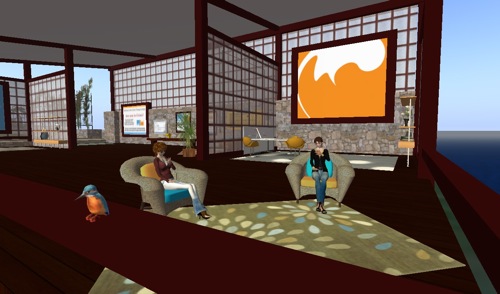
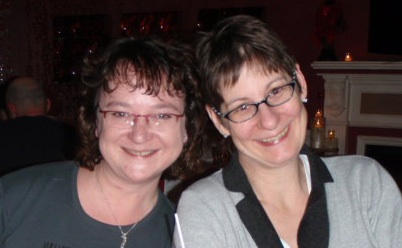
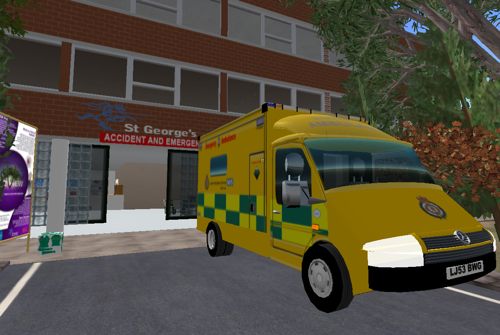
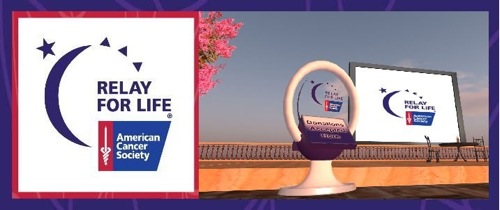
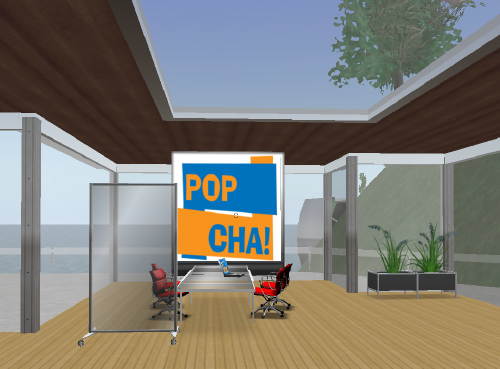

Recent Comments